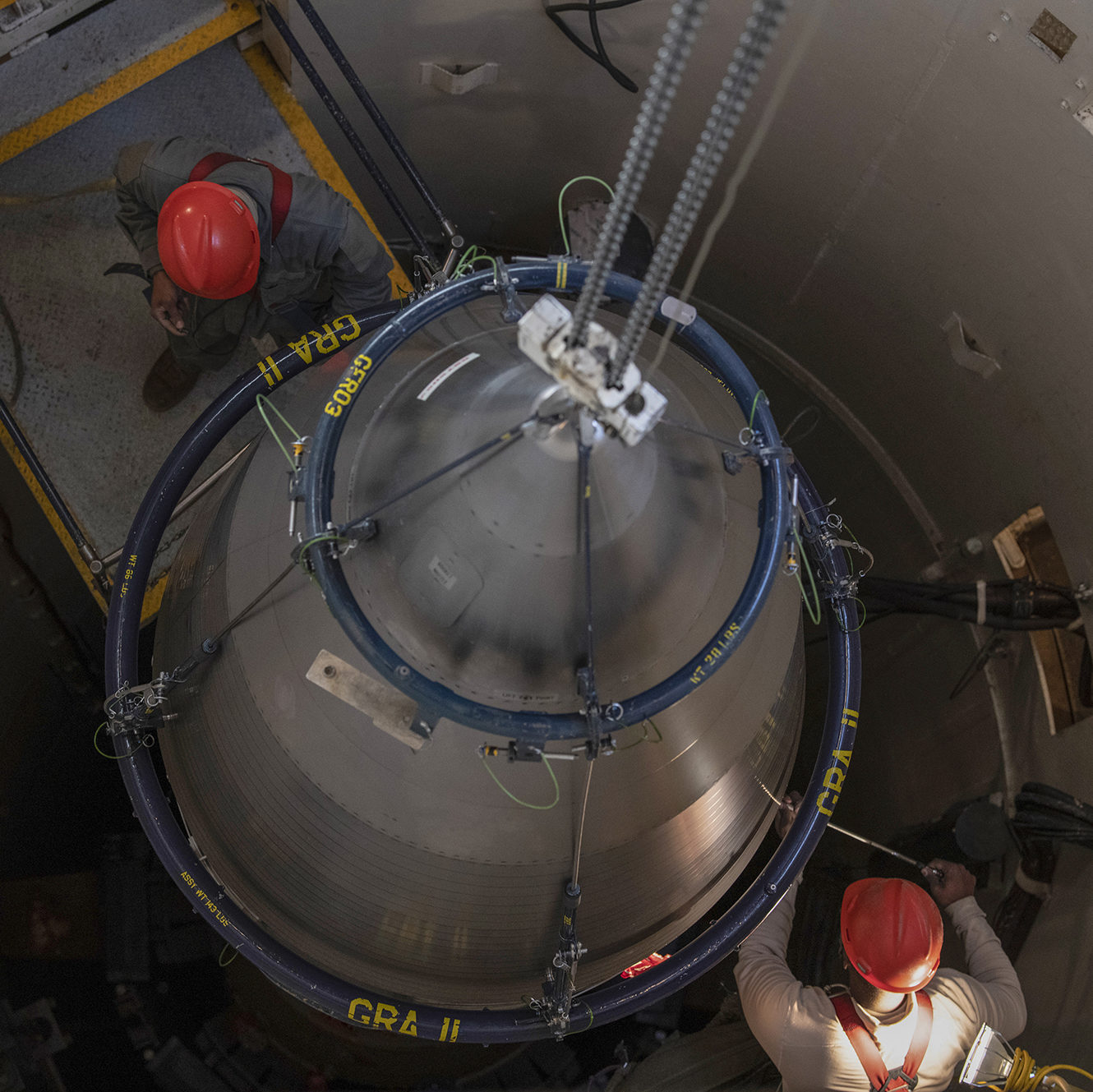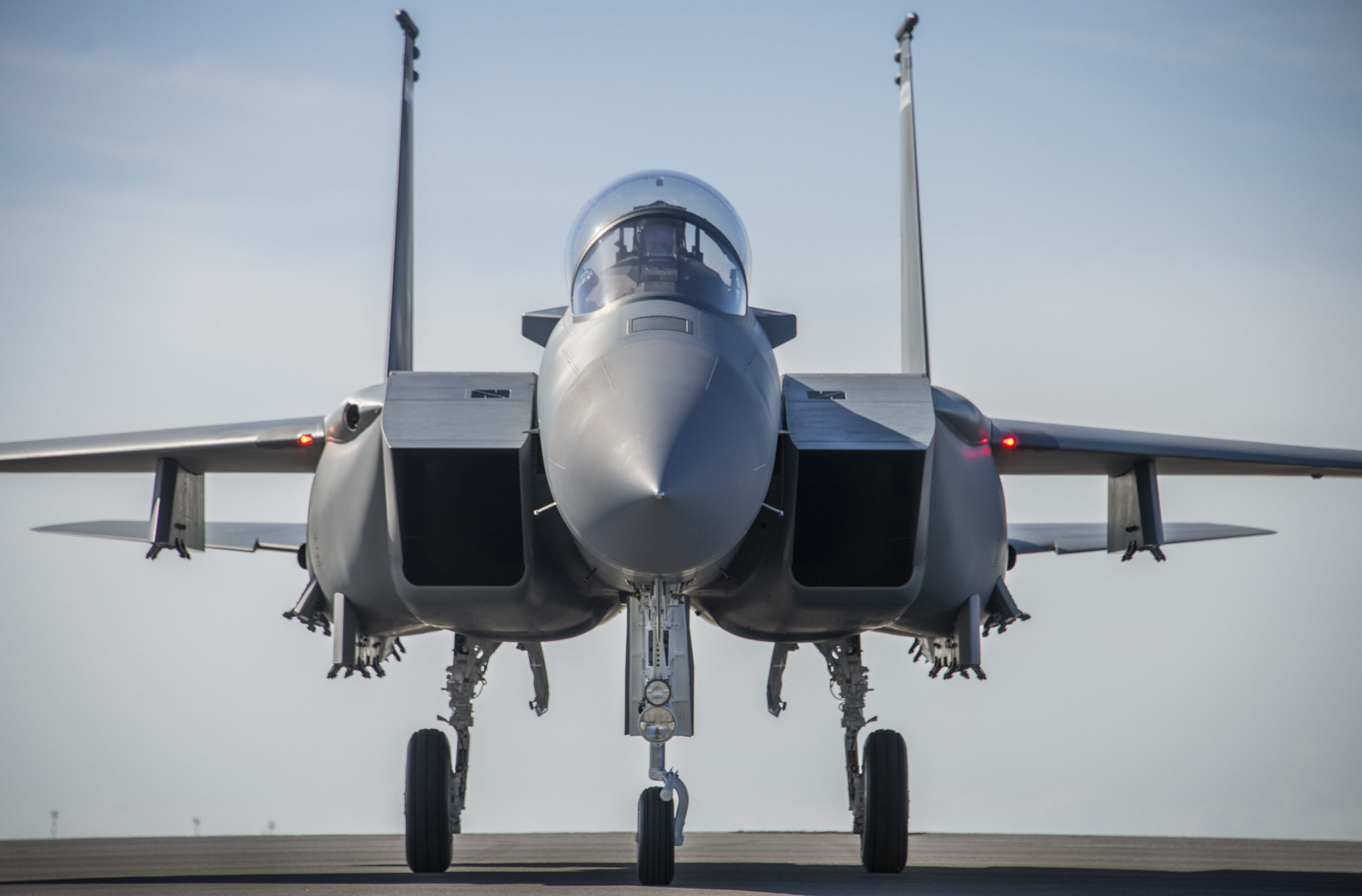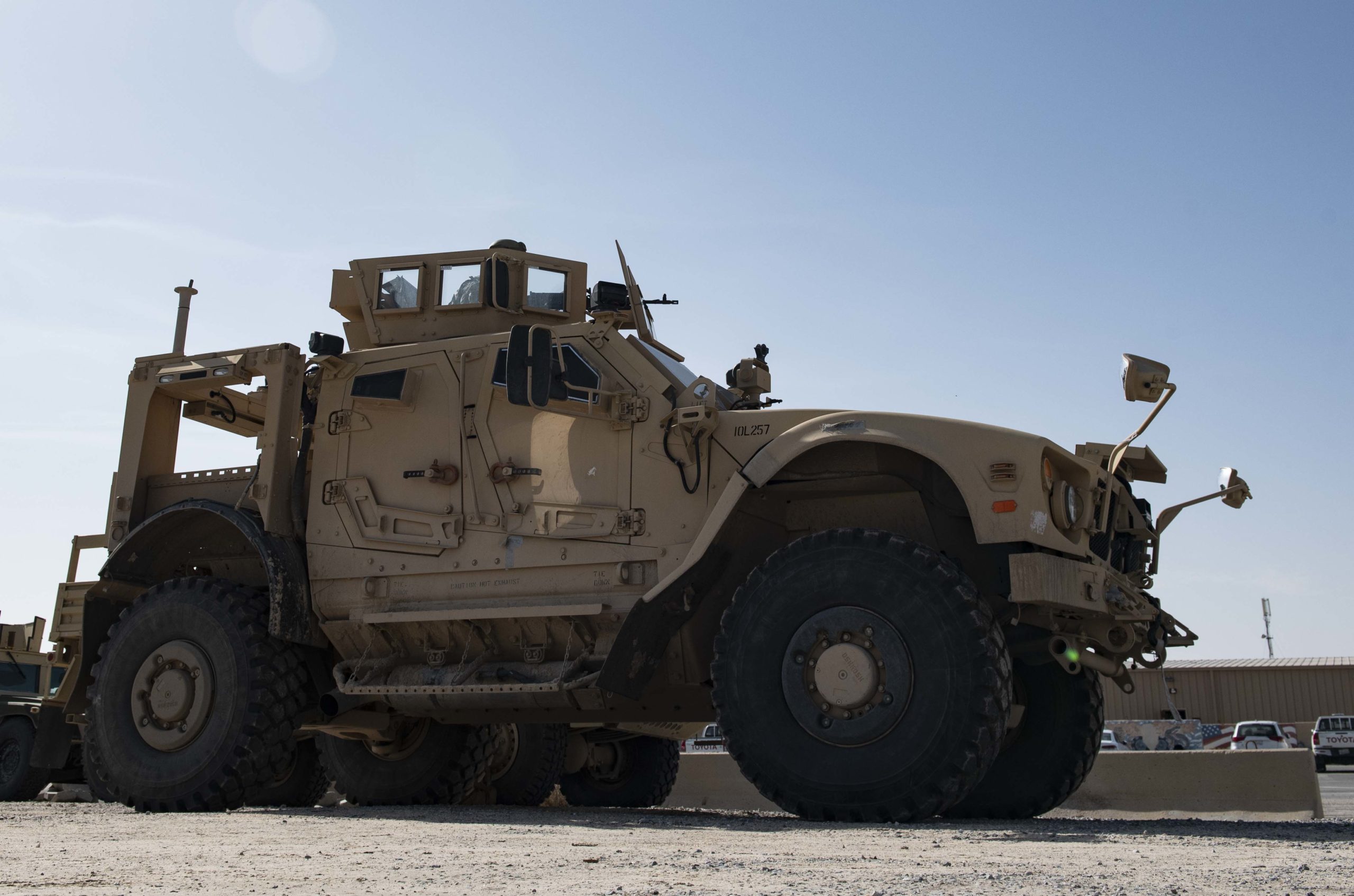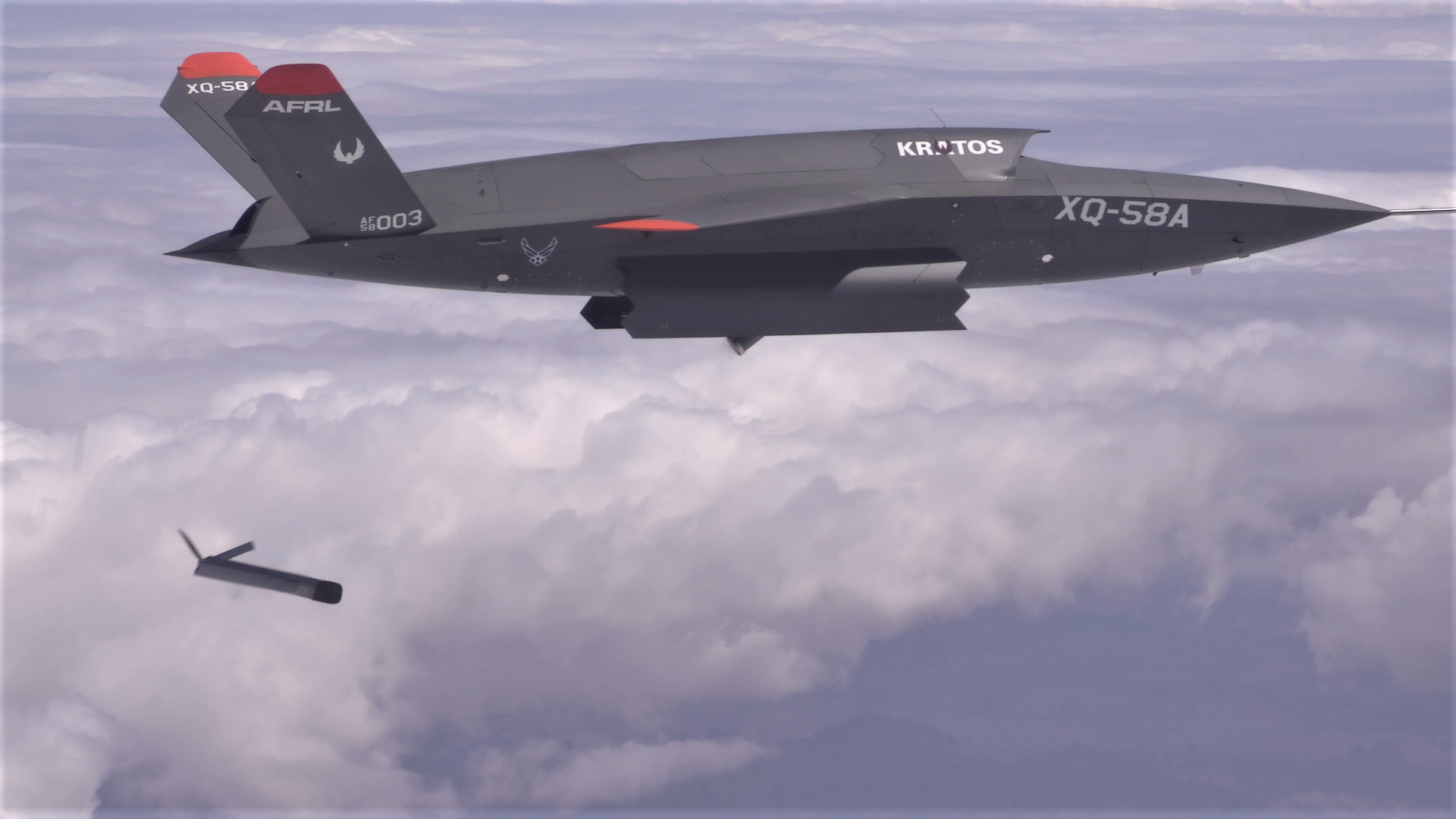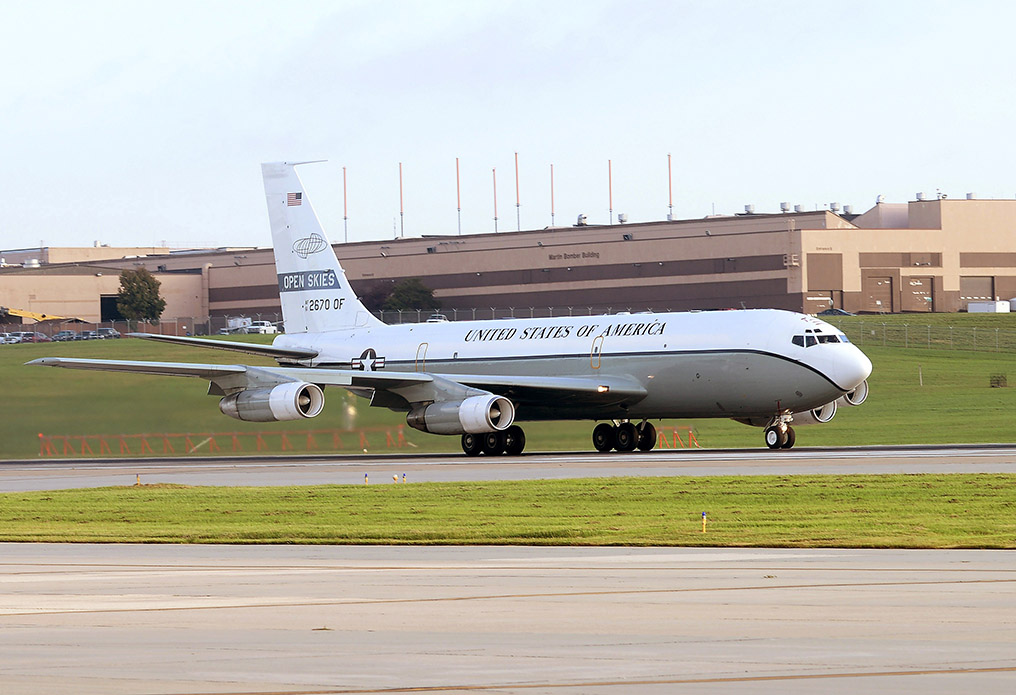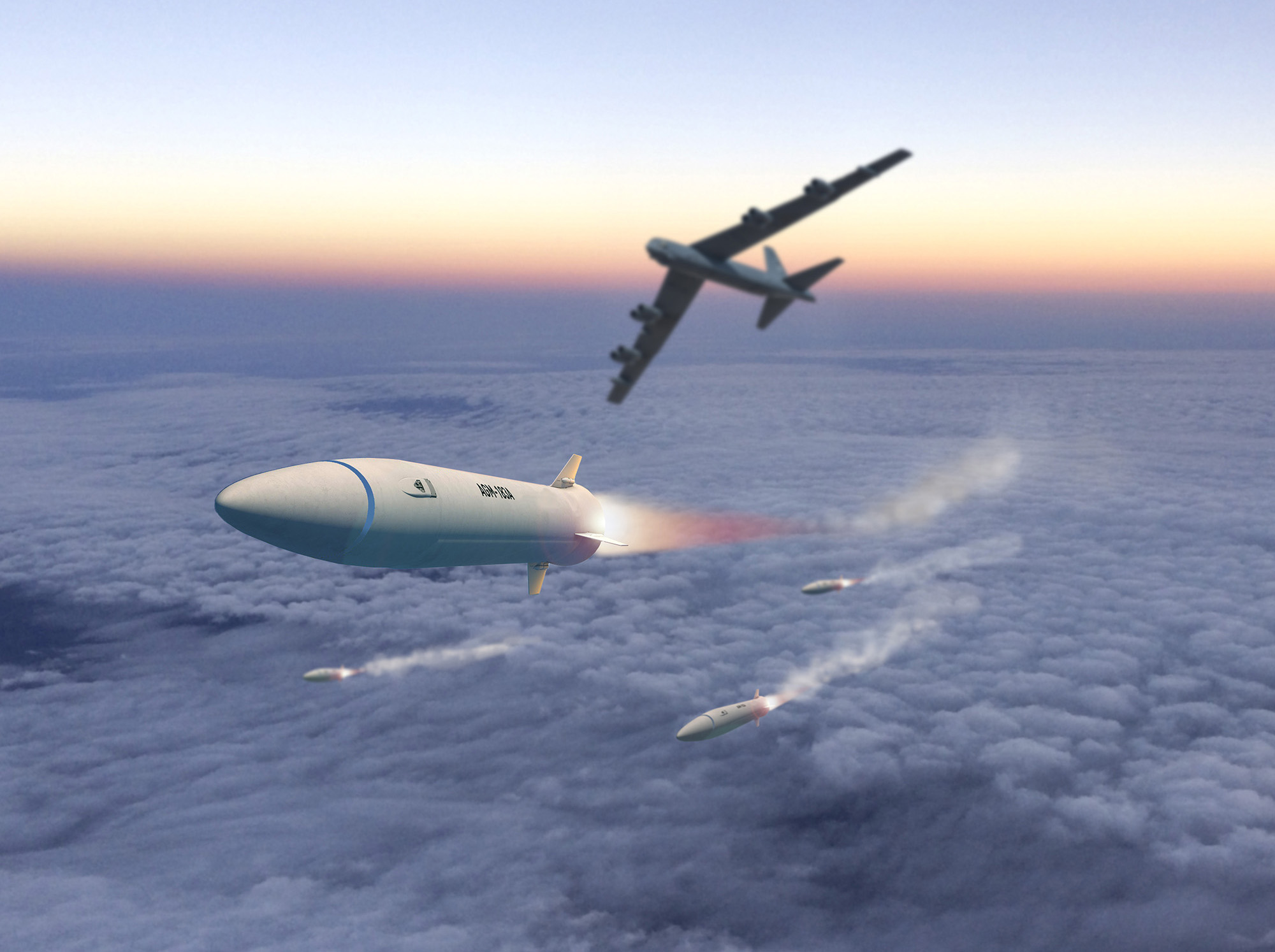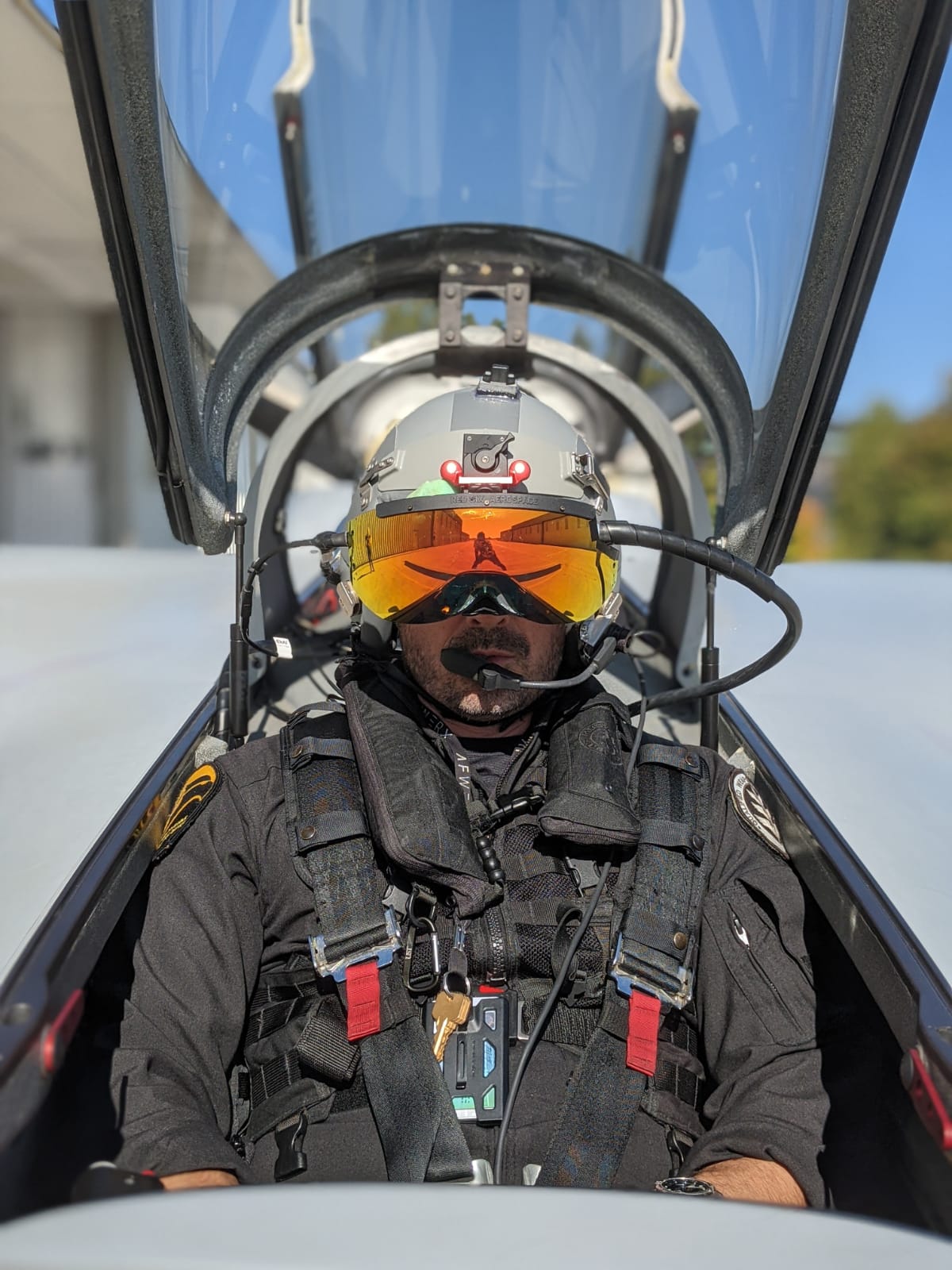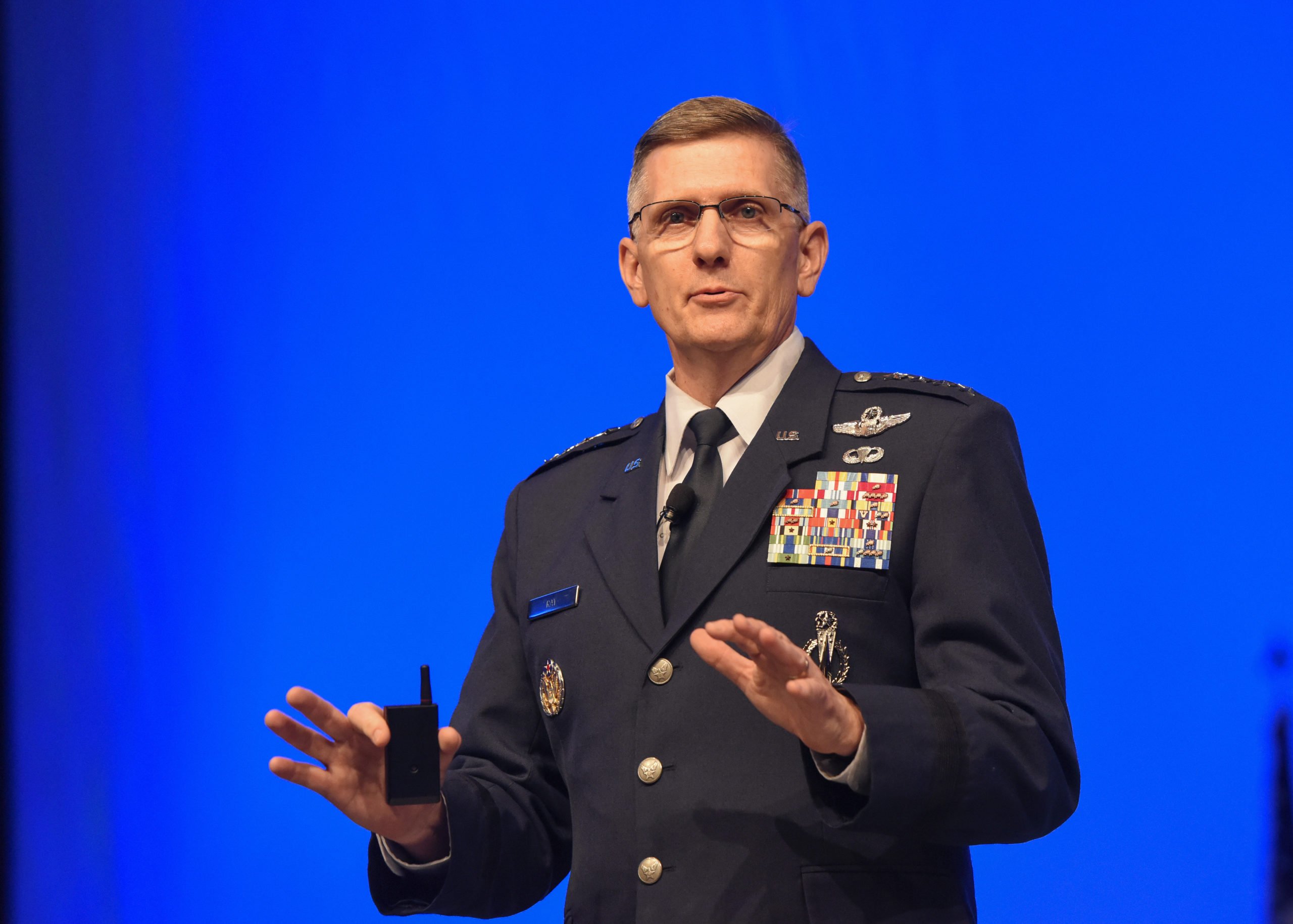Northrop Grumman successfully completed the integrated baseline review for the Ground Based Strategic Deterrent program, which is on track for initial operational capability by 2029.
The integrated baseline review sets the cost and schedule baseline, identifies risk, and ensures there are mitigation plans ready for the program. It occurs within 180 days of contract award. The company and the Air Force worked together early in the process to meet the deadline, according to an April 7 Northrop release.
“Given the sheer size and importance of schedule integration, we had to be agile in meeting this critical milestone, there is no margin for delay,” said Steve Lunny, Northrop’s vice president for the GBSD program, in the release. “Early on, we worked with the Air Force, shoulder-to-shoulder in a virtual setting, to engage at a deeper level and share critical insights throughout IBR to mitigate risks, arrive at a common baseline, and ultimately save time.”
Northrop was awarded a $13.3 billion engineering and manufacturing development (EMD) contract in September 2020, and the Air Force recently signed off on the company’s design for the missile.
The GBSD program will include about 660 new missiles to replace aging Minuteman III ICBMs, along with upgrades to silos and alert centers.
USAF and Defense Department leaders have repeatedly emphasized the importance of GBSD as part of overall nuclear modernization. The Biden administration, however, is expected to take a critical look at the cost of this modernization, as Pentagon budgets are likely to stay flat or decrease.
